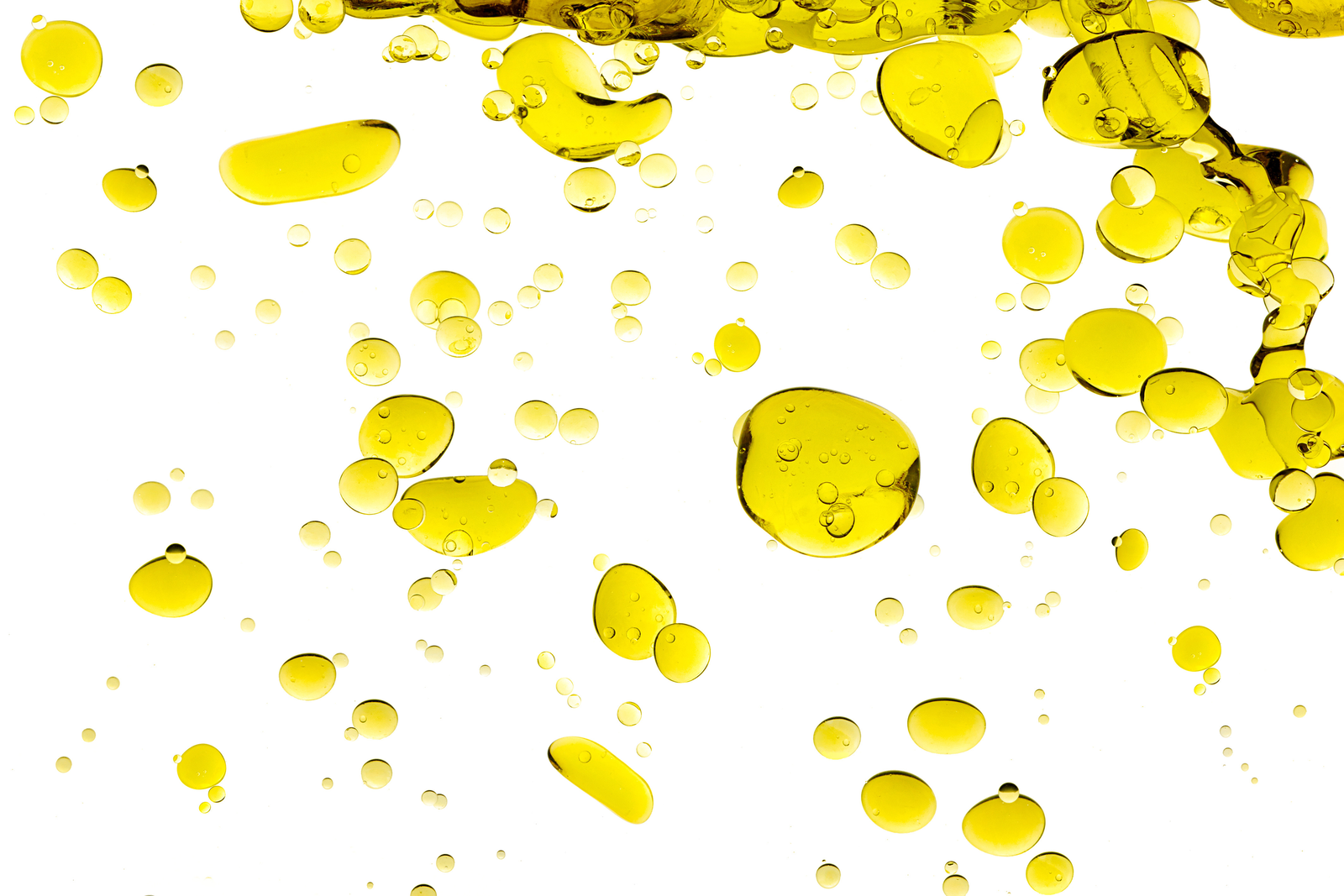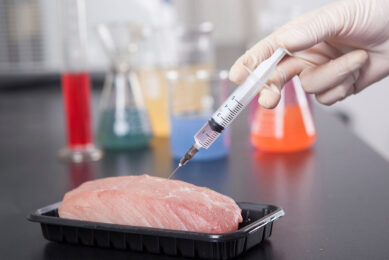EFSA: Lecithin for animal feed considered safe

EFSA considers the use of lecithin in animal feed. The scientific opinion has been published in the EFSA Journal.
The FEEDAP Panel from EFSA re-evaluated lecithin as technological feed additives when used as a feed additive (category: technological; functional group: (c) emulsifiers) for all animal species. This was done after the European Commission received a request from ELMA (Europe Lecithins Manufacturers’ Association) to re-evaluate this particular functional group.
The additives reviewed by EFSA are products that consist predominantly of lecithins derived from rapeseed, sunflower and soybean, with other plant extracts. Three different forms of the additive are produced: regular liquid lecithins, hydrolysed liquid lecithins and de-oiled lecithin powder.
Purity tests
The typical fatty acid profile of lecithin is dependent on the botanical origin. EFSA analysed the purity of multiple batches of each form of the additive (including each relevant botanical origin). The results showed the concentrations arsenic, mercury and dioxins did not raise any concern. Mycotoxin analysis showed concentrations of aflatoxin B1 < 0.03 μg/kg (27 batches total, 12 from soybean, 8 from rapeseed and 7 from sunflower) and of ochratoxin A < 10 μg/kg (20 batches total, 3 from soybean, 10 from rapeseed and 7 from sunflower). These concentrations are also of no concern. No microbial contamination was detected.
Also interesting: The difference between absorption enhancers and emulsifiers
Stability and homogeneity
To determine the shelf-life of lecithins in ambient conditions, 4 batches of regular liquid lecithins1 and 3 batches of de-oiled lecithins were stored for 36 months, and 1 batch of hydrolysed liquid lecithins stored for 24 months. No differences from the initial values were observed after storage. Additional evidence of stability in feedingstuffs was provided in a study in which lecithin presence was analytically measured in 2 feedingstuffs dog cookies and cat pelleted feed. The feedingstuffs (lipid content 18–22%) were supplemented with regular liquid lecithins at levels of 0.55% in dog cookies and 0.2% in cat feed, and then stored for 3 months at 25 or 40°C. No changes indicative of a loss of stability over the 3-month storage were observed in the 2 feedingstuffs and either temperature, considering that the supplement amounted only to 30% (dog cookies) and 20% (cat feed) of total lecithins.
Considered safe
EFSA also concluded that lecithins are not expected to produce signs of intolerance under normal feeding conditions when carefully balanced diets are provided. Also no adverse effects at normal inclusion level are to be expected. The FEEDAP Panel considers that lecithins are safe for all target species, and that setting a maximum content for lecithins is not considered necessary. It is noteworthy that fish and crustaceans may have a nutrient requirement for phospholipids
Join 26,000+ subscribers
Subscribe to our newsletter to stay updated about all the need-to-know content in the feed sector, three times a week. Beheer
Beheer









 WP Admin
WP Admin  Bewerk bericht
Bewerk bericht